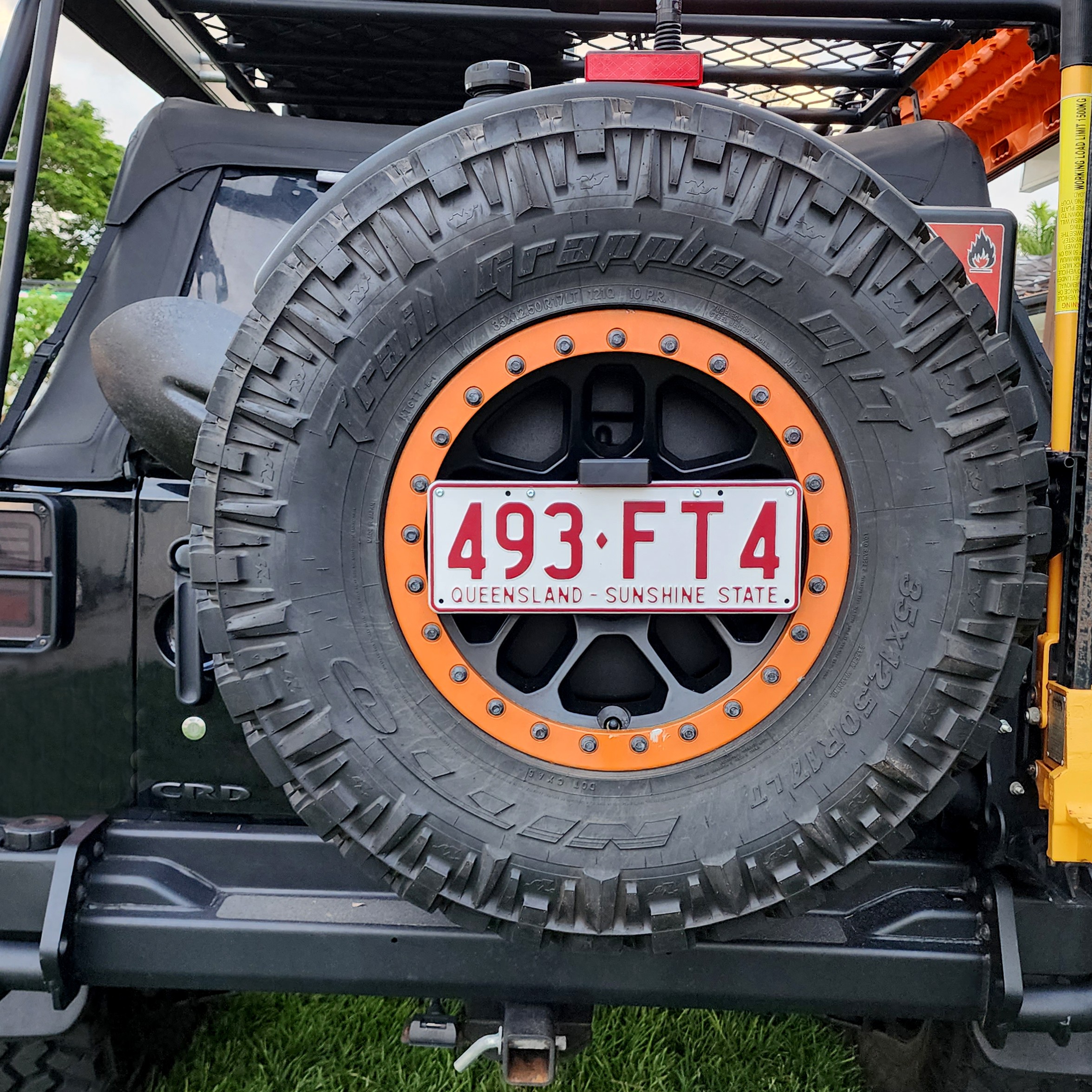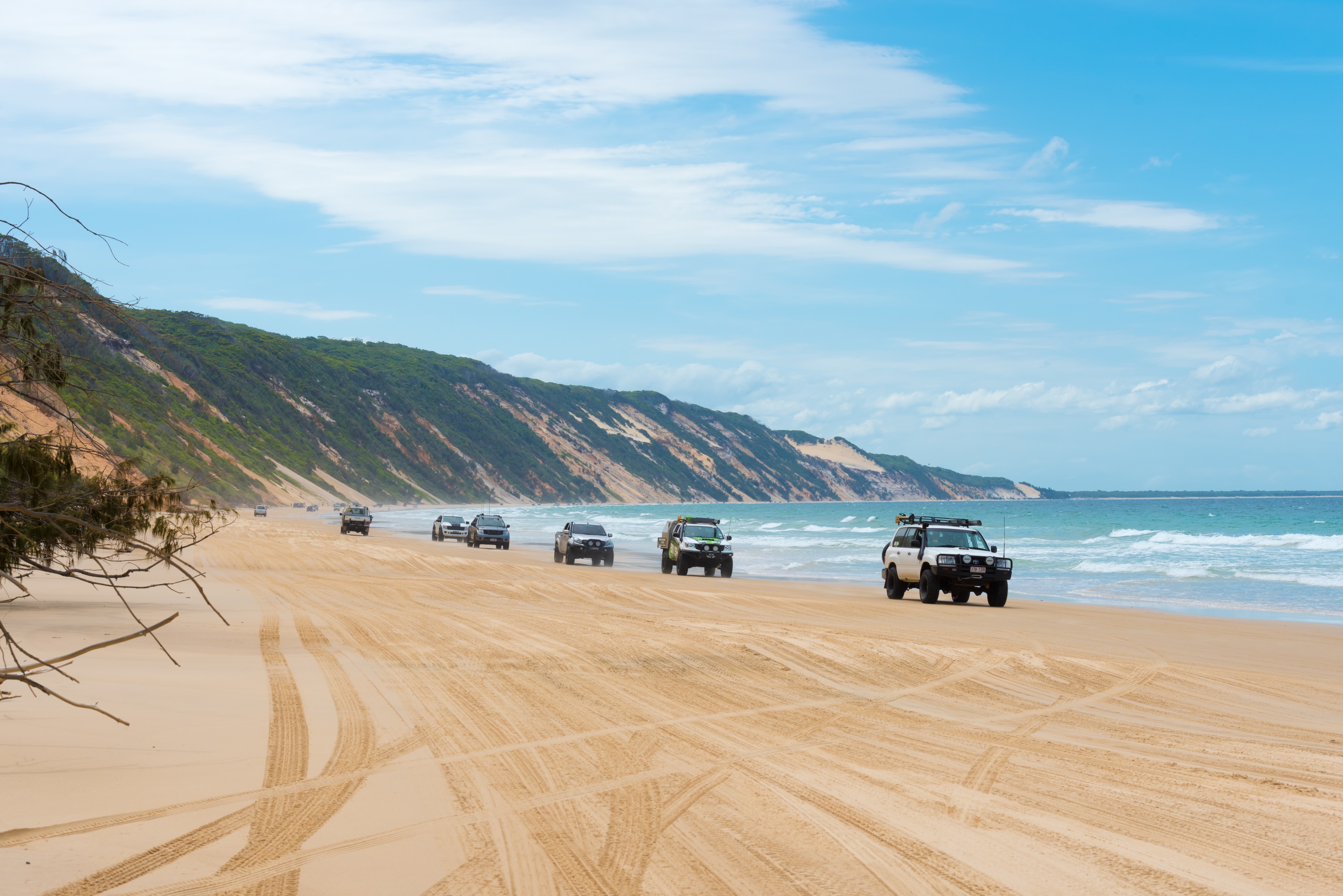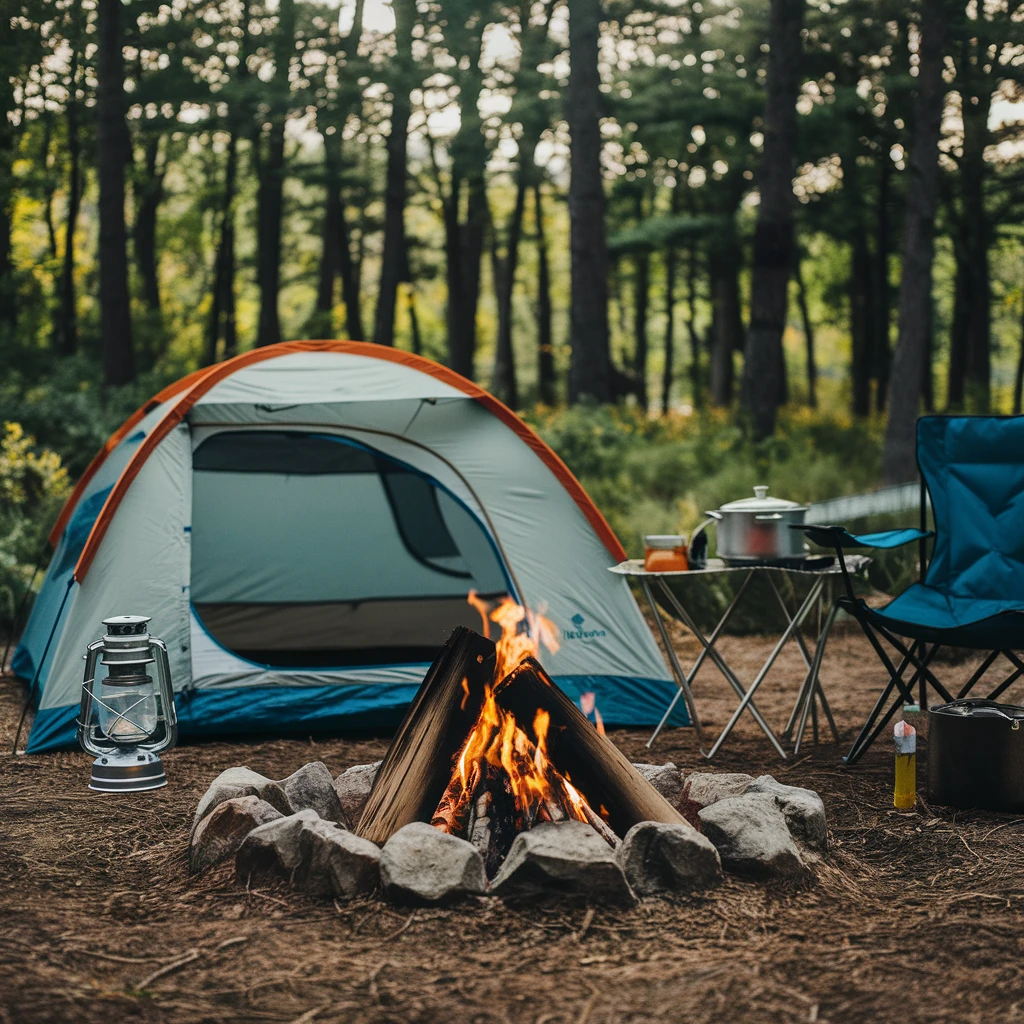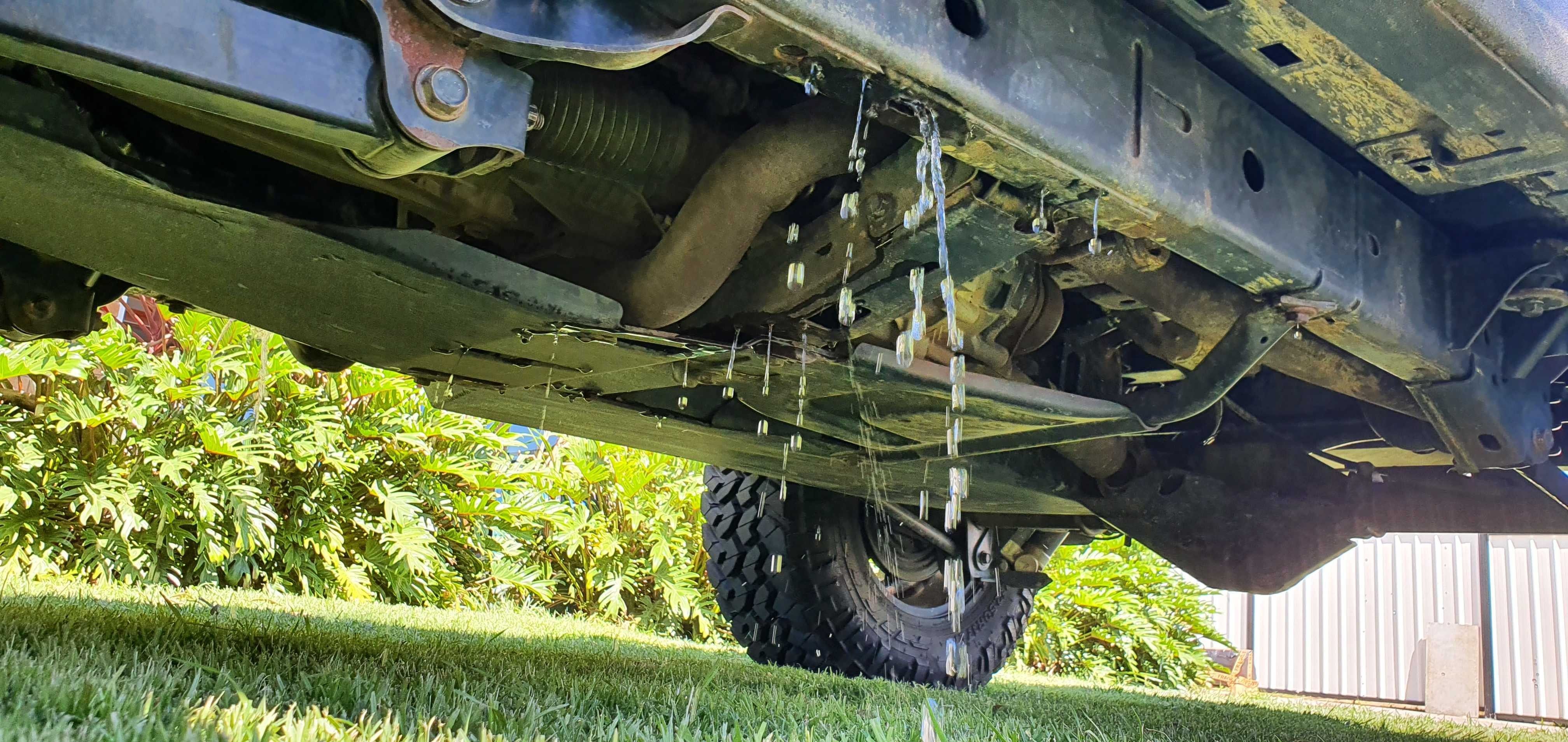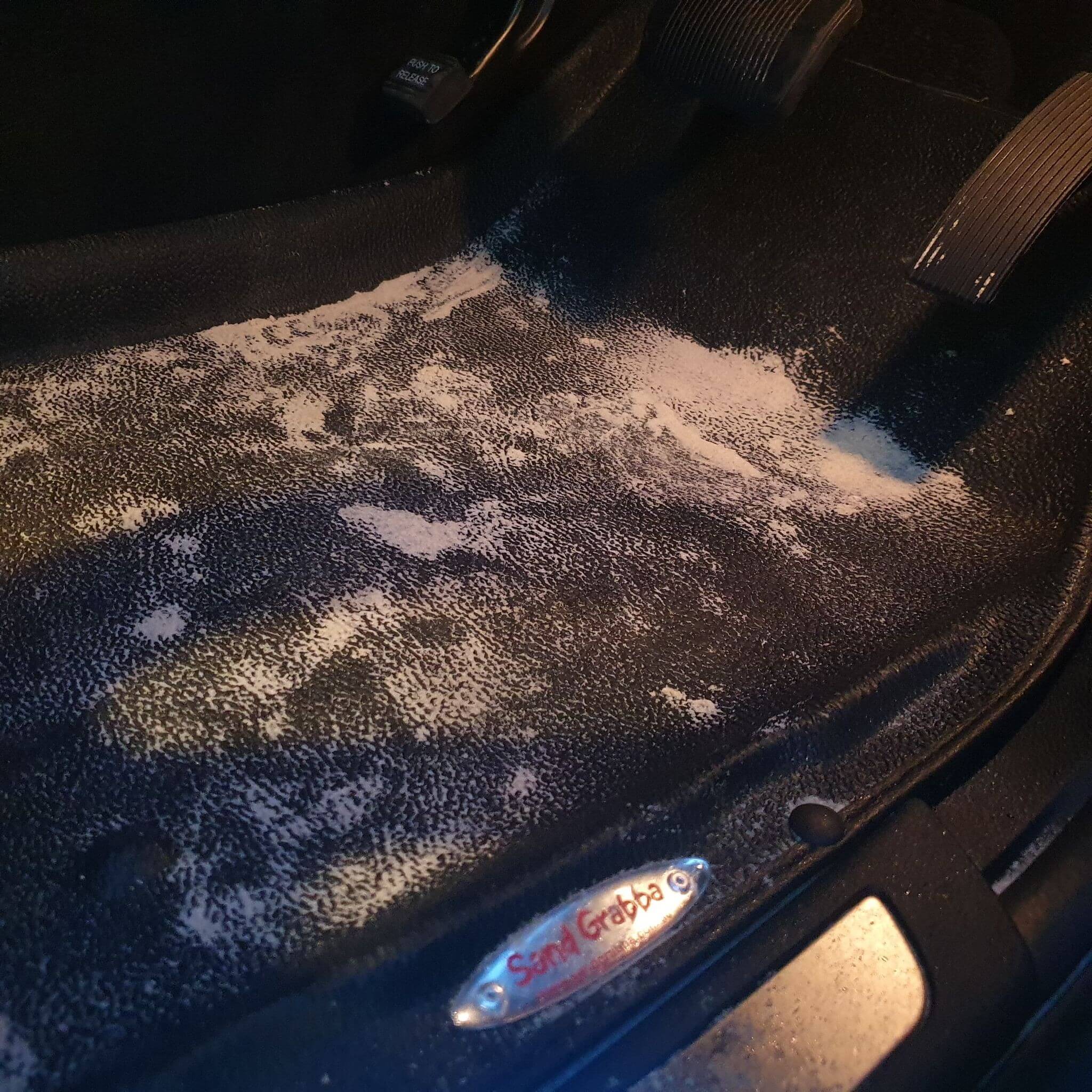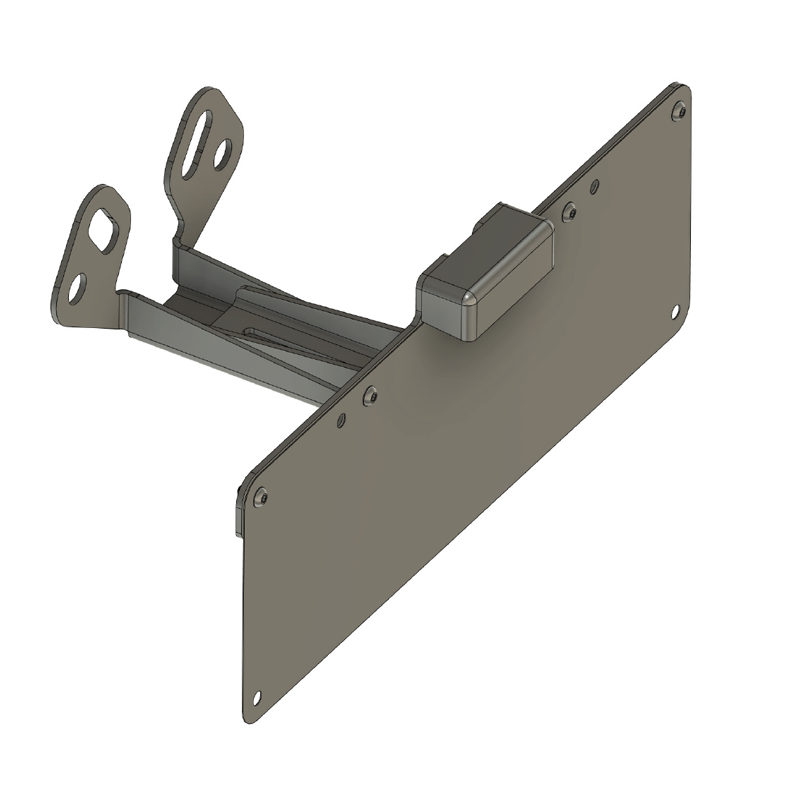Is Solar Power The Right Solution For Me?
It’s a toss-up whether you use more electricity at home or in a modern camp. Most camps now come fully supplied with LED lighting, fridges, kitchen appliances and sound systems. You’ll want to keep your phone and maybe a tablet or laptop charged up too. This is no bother when you’re on the move, because your vehicle will provide the power you need, but even if you have a dual battery setup you won’t want to leave it powering your camp for too long. You can always run the engine for a few hours a day to top up the charge but the great outdoors isn’t quite the same with a big diesel rumbling away in the background. The same goes double for generators – running one of those won’t make you many friends. Now people are turning to other solutions, and the most popular is solar.
Solar panels have been around for a while but they’re now a lot more affordable than they used to be, as well as being lighter, tougher and more efficient. Solar panels come in all sizes, from a pocket-sized power bank that can top itself up in the sun to huge folding arrays that will cover the top of your awning and then some. They’re still not exactly cheap, but even a big setup won’t cost you much more than a generator and it doesn’t need fuel or much in the way of maintenance.
Of course solar isn’t perfect, and the obvious problem is that it doesn’t always work. It generates most electricity when the sun’s shining, but its output goes down if it’s cloudy. You don’t need us to tell you what happens when it gets dark, right? So a straight solar power system has some issues. If you’re charging your devices directly from it sometimes it’s putting out more juice than your chargers can use, and sometimes not enough to actually charge anything.
The solution to this is to add a battery. You use the solar panels to charge the battery, then the battery can run (or charge) all your other gear. That way you can store up energy during the day when it’s sunny, and use it whenever you like. You can also charge the battery in other ways if the weather isn’t cooperating. It’s possible to have a dedicated battery hooked up to your solar panels, or run a new charging port to your existing setup if you already have dual batteries.
One thing that catches a lot of people out is making sure their panels deliver enough power. Don’t be fooled by the manufacturer’s figures – the power output of panels is rated in watts per peak sun hour. Peak sun hours are basically from mid-morning to mid-afternoon, and that’s if the weather’s good, so real-world output is quite a bit lower – usually about 70% of their official rating. Then you’ll lose a bit more as you charge your battery, and another bit in storage. To be on the safe side assume you’ll get 50% efficiency.
So work out how many watt/hours you need every day (this is simple; if you have a 30W lighting set and you plan to run it five hours a day that’s 150 watt/hours) and that’s how much you need to add to your battery to keep everything running. Now assume you’ll get four hours a day of good charging from your panels. If you need 300 watt/hours a day then you want a 150 watt panel; four hours of sun equals 600 watts, and with 50% efficiency there’s your 300. In reality you’ll probably get a bit more than that, but playing safe never hurt.
Solar isn’t a miracle solution to all your power needs, but if you set it up right it does have a lot of advantages. It doesn’t need much care beyond keeping the panels clean, the fuel is free and it’s environmentally friendly. It also keeps generating power until you break it, so for long trips it’s probably just what you’re looking for.

